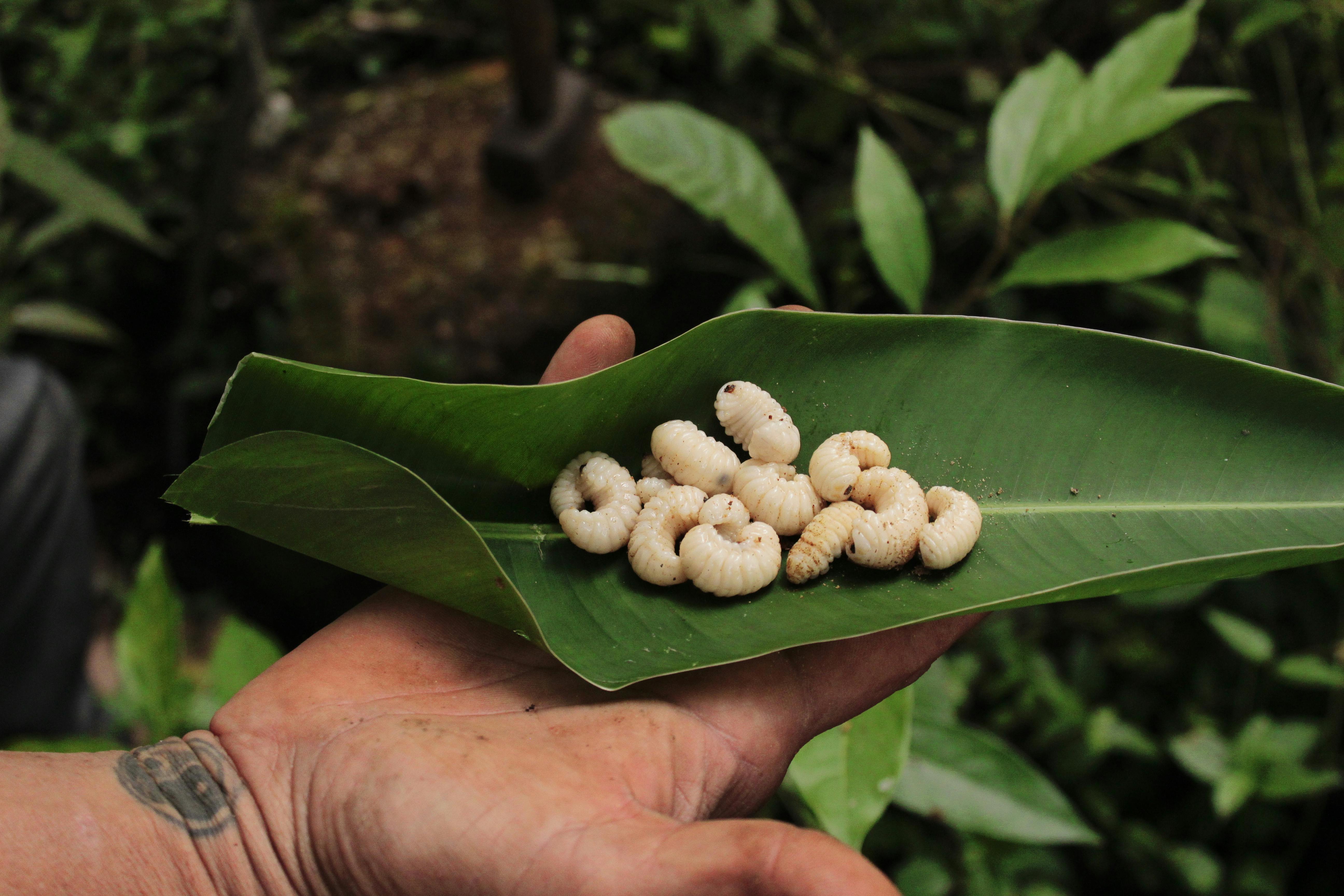Eating Insects: A Sustainable Food Trend Worth Trying
Insects: the thought of them might make your skin crawl. But did you know that they are a nutritious, eco-friendly, and increasingly popular food source worldwide? Before you dismiss this idea, let's dive into the world of edible insects and explore this fascinating food frontier.

Changing the Perception of Edible Insects
Yes, eating insects, also known as entomophagy, might initially seem unappetizing. However, many cultures worldwide have incorporated insects into their diets for centuries. In many Western societies, the perception of insects is changing, with more people recognizing them as a sustainable protein source. It’s time to look beyond the ‘yuck’ factor and see insects for what they are: a versatile and environmentally friendly food source.
The Nutritional Benefits of Insects
Despite their small size, insects are nutrition powerhouses. They are rich in protein, fiber, healthy fats, vitamins, and minerals. For instance, crickets contain twice as much protein as beef, gram for gram. They are also a good source of vitamin B12, iron, and calcium. Thus, incorporating insects into your diet can contribute to a balanced, nutrient-rich eating plan.
Edible Insects and Sustainability
Insects are not only nutritious but also a more sustainable choice compared to traditional livestock. They require less land, water, and feed and produce fewer greenhouse gas emissions. Considering the increasing global food demand and the strain on our planet’s resources, insects can be a viable part of the solution for a more sustainable food system.
Cooking with Insects
Insects are versatile and can be included in a variety of dishes. You can find insect powder, which is often made from crickets, and use it in smoothies, pancakes, or protein bars. Whole insects can be roasted and used as a snack or an ingredient in salads, tacos, and stir-fries. Get creative and experiment with different insect-based recipes.
Insect Cuisine Around the World
In many countries, insects have been part of the culinary tradition for ages. In Mexico, for example, chapulines (grasshoppers) are a common snack. In Thailand, street vendors sell fried silkworms and crickets. These examples show that insects can be prepared deliciously and are far from being a novelty or a food of the future - they are here and now.
- Start with insects that are bred for human consumption.
- Always cook insects before eating to ensure they are safe to eat.
- If you’re allergic to shellfish, you might also be allergic to insects because they belong to the same family of animals.
- You can easily find insect-based products online or in health food stores.
In conclusion, eating insects might take some getting used to, but it’s worth trying. They offer numerous nutritional benefits and are a sustainable food choice. So next time you have the opportunity, step out of your comfort zone and give insects a try. Who knows, you might find yourself a new favorite food!




